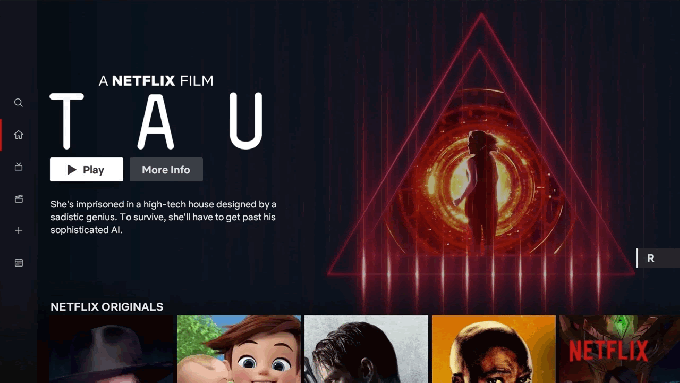If you’ve ever watched a show on Netflix, you know it likes to suggest shows suitable to your liking. Over the last decade Netflix has seen tremendous growth and change in its interface, the visual appearance being the most notable one. But who decides what to change and who makes these decisions? If you have ever pondered upon these questions then here’s your guide to decision making at Netflix.
“Netflix was created with the idea of putting consumer choice and control at the center of the entertainment experience, and as a company we continuously evolve our product offerings to improve on that value proposition. For example, the Netflix UI has undergone a complete transformation over the last decade. Back in 2010, the UI was static, with limited navigation options and a presentation inspired by displays at a video rental store. Now, the UI is immersive and video-forward, the navigation options richer but less obtrusive, and the box art presentation takes greater advantage of the digital experience.” says Netflix.

The transition from the 2010 experience to our today’s experience on Netflix has required the company to make countless decisions. Netflix says that making decisions is easy for it but what’s tough is making the right decision.

Here are a number of ways for Netflix to make decisions about evolving their product for bringing joy to its members:
- Let leadership make all the decisions.
- Hire some experts in design, product management, UX, streaming delivery, and other disciplines — and then go with their best ideas.
- Have an internal debate and let the viewpoints of our most charismatic colleagues carry the day.
- Copy the competition.
However the team at Netflix believes that there is a better way to make decisions about improving the experience. Hence the use of A/B Tests and Experimentation scales. Instead of small groups of executives or experts contributing to a decision, experimentation gives all of Netflix’s members the opportunity to vote, with their actions, on how to continue to evolve their joyful Netflix experience.
Netflix also uses other causal inference methods like quasi-experimentation and the scientific method to inform decision making. “We form hypotheses, gather empirical data, including from experiments, that provide evidence for or against our hypotheses, and then make conclusions and generate new hypotheses.” says Netflix. Experimentation plays a crucial role in the cycle of deduction and induction thereby becoming something which underpins the scientific method.


